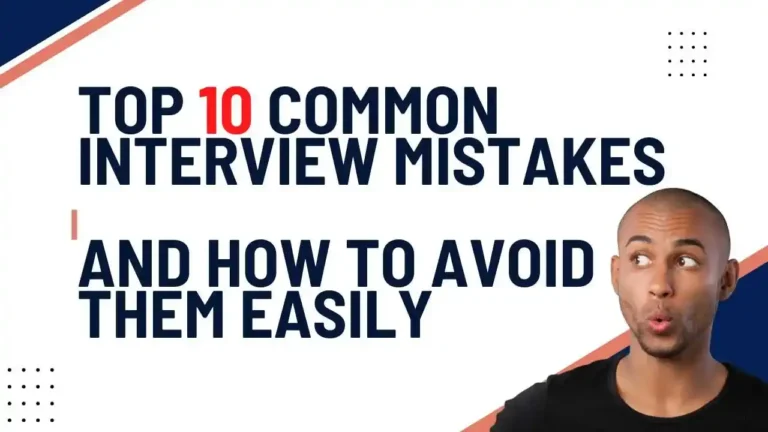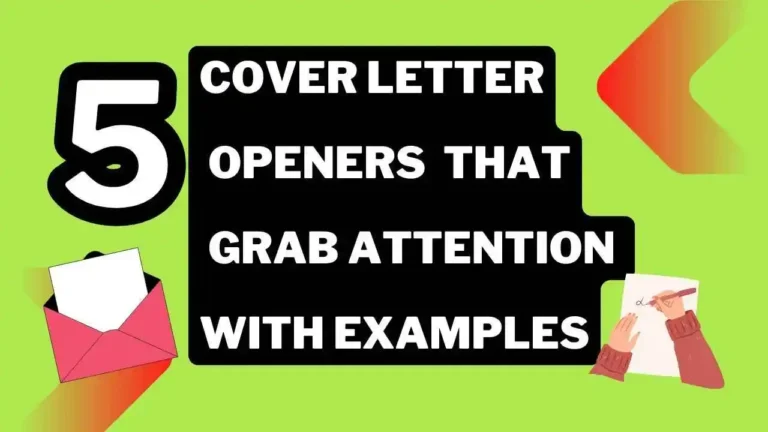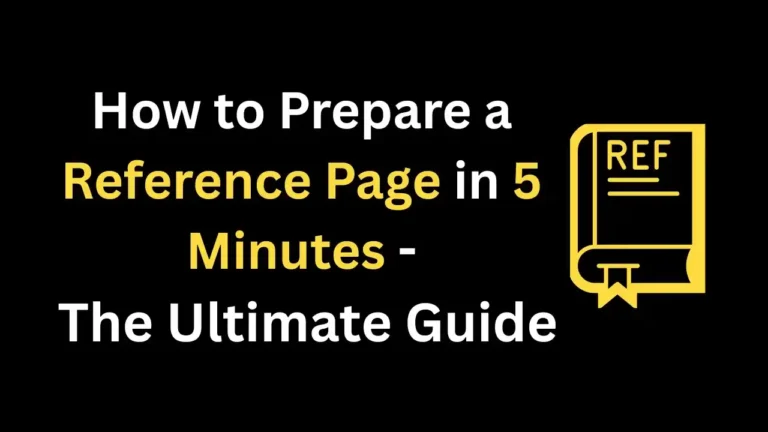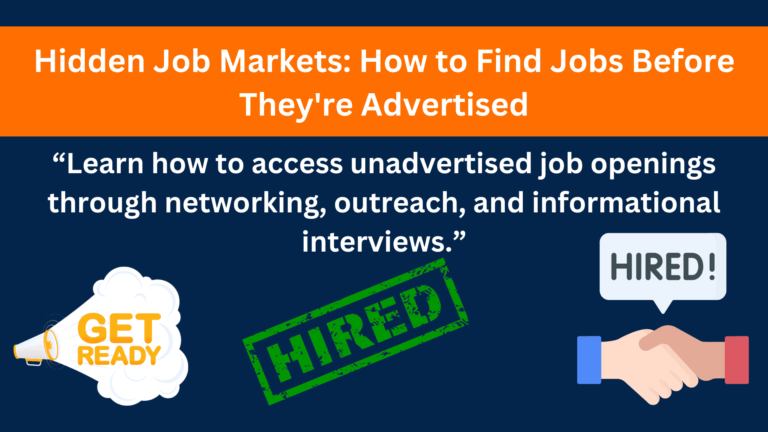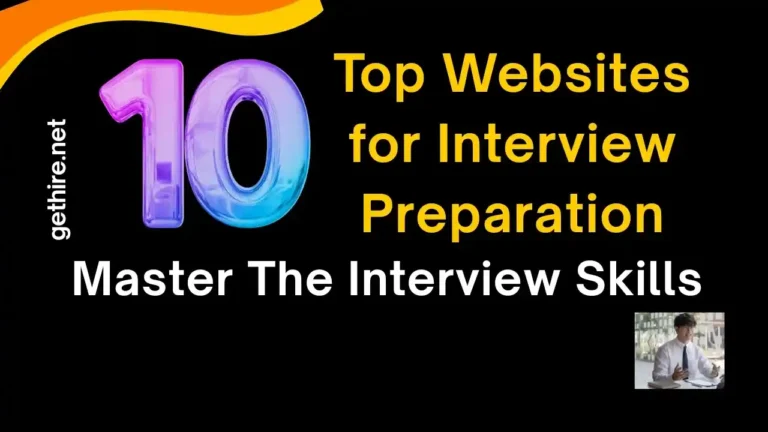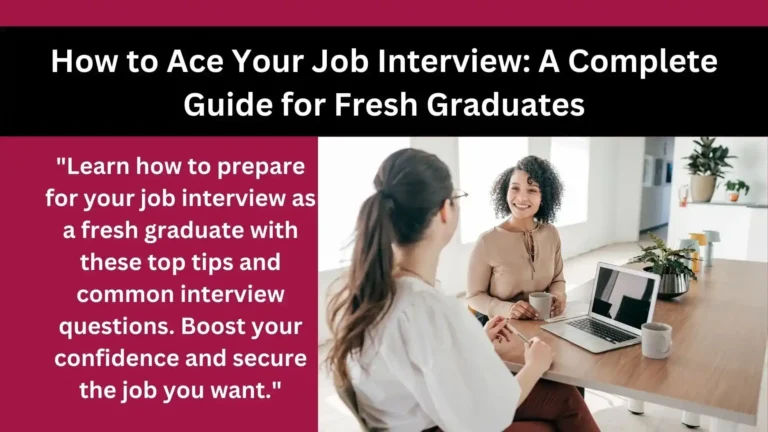Understanding Resume Templates
When applying for jobs, one of the first decisions job seekers face is whether to use a resume template. Should you use a resume template, or is it better to create one from scratch? With ATS-friendly resumes becoming a necessity, many candidates wonder if templates help or hurt their chances of getting hired.
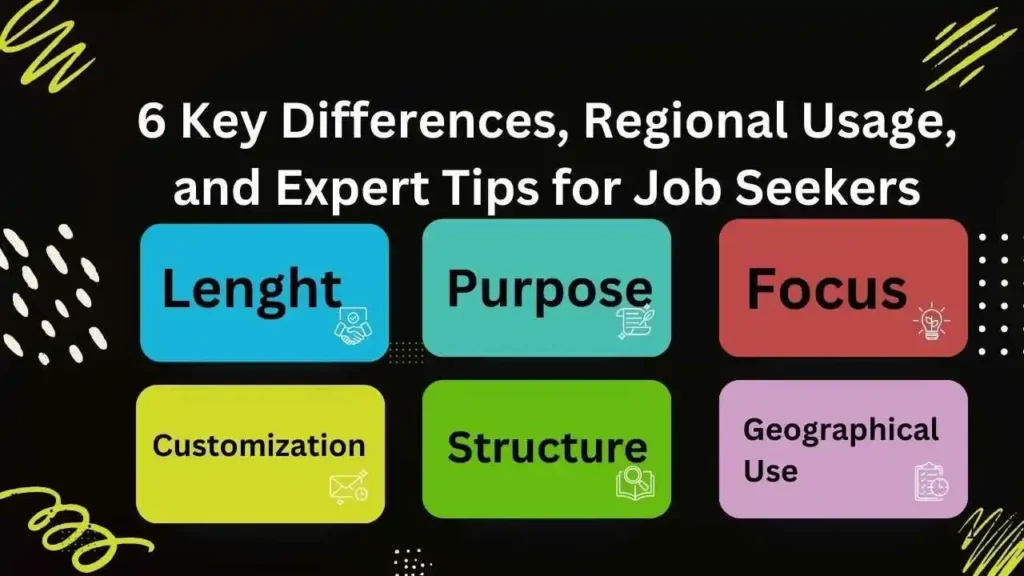
Using a resume template can save time, ensure proper formatting, and make your application visually appealing. However, templates may also limit customization and fail to pass ATS resume screening if not formatted correctly. This guide explores the pros and cons of using a resume template, helping you decide the best approach for your job search.
Read Also: Resume vs CV: 6 Key Differences, Regional Usage, and Expert Tips for Job Seekers
Table of Contents
What Is a Resume Template?
A resume template is a pre-designed document that provides a structured layout for showcasing your work experience, skills, and education. These templates come in various formats, including Word documents, PDFs, and online resume builders.

Many job seekers turn to professional resume templates because they simplify the writing process, especially for those unfamiliar with resume formatting. However, choosing the wrong template can reduce readability and impact your chances in an Applicant Tracking System (ATS).
Read Also: RESUME AND COVER LETTERS
Pros of Using a Resume Template
1. Saves Time and Effort
One of the biggest benefits of using a resume template is that it eliminates the need to format everything manually. Instead of spending hours adjusting margins and spacing, you can focus on crafting compelling content.
2. Ensures a Professional Layout
A well-designed resume template maintains a clean, structured appearance. Many templates follow best resume formatting practices, making it easier for recruiters to scan your qualifications quickly.
Read Also: 5 Cover Letter Openers That Grab Attention (With Examples)
3. Improves Readability
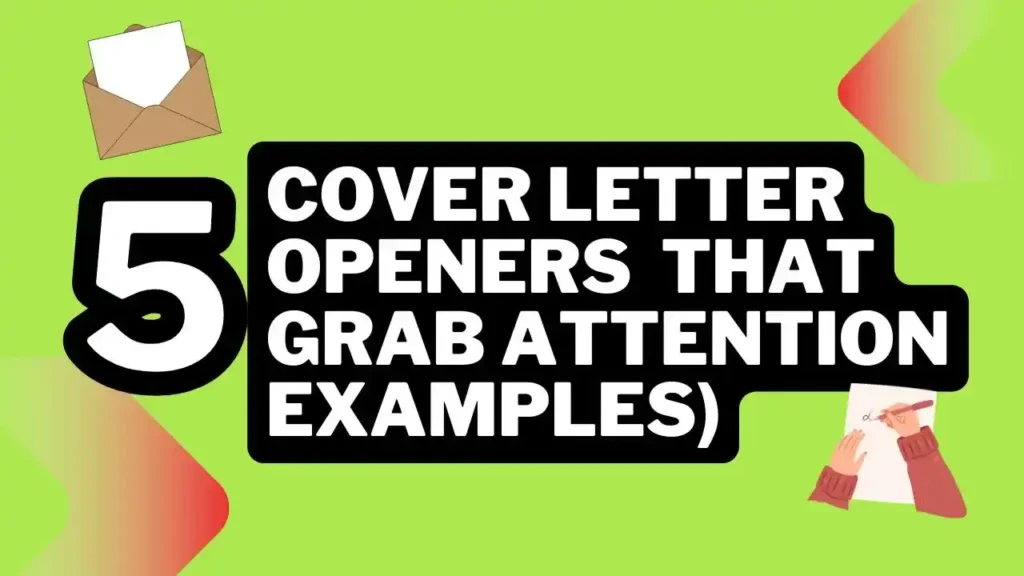
Hiring managers spend an average of 6-7 seconds scanning a resume. A template with clear headings, bullet points, and white space improves readability and helps highlight key information.
4. Provides ATS-Friendly Options
Some templates are designed to pass ATS resume screening by using simple fonts, standard headings, and keyword optimization. Choosing an ATS-friendly resume template ensures your application isn’t rejected before reaching a recruiter.
5. Helps Job Seekers with Limited Design Skills
Not everyone has graphic design experience. A resume template allows candidates to present their credentials in a polished, visually appealing way without needing advanced design skills.
Read Also: 10 Different Types of Cover Letters with Sample Examples & Tips: Which One Do You Need?

Cons of Using a Resume Template
1. Limited Customization
Many resume templates follow a rigid structure, restricting how you can personalize sections like career highlights or achievements. This can make your resume look generic and less tailored to a specific job.
2. Risk of ATS Rejection
Some heavily-designed resume templates include graphics, tables, and non-standard fonts, which can cause issues with Applicant Tracking Systems. If the ATS can’t properly read your resume, it may never reach a recruiter.
Read Also: 8 Free Cover Letter Templates You Can Customize Today
3. Overused Designs
Recruiters see thousands of resumes. If you use a popular template from a free resume builder, your application might look like many others, reducing its uniqueness.
4. Formatting Issues
Some resume templates don’t translate well when converted to different formats. For example, a PDF resume template may lose its formatting when submitted through an online job portal.
5. Might Not Fully Showcase Your Skills
Templates may not allow enough space for detailed job descriptions, achievements, or a strong personal summary, potentially underselling your qualifications.
Read Also: How to Build a Winning Resume for Fresh Graduates: 8 Step-by-Step Guide
Choosing the Right Resume Template
1. Pick an ATS-Friendly Template
Choose a resume format that includes:
✅ Standard fonts (Arial, Calibri, Times New Roman)
✅ Clear headings (Work Experience, Skills, Education)
✅ Minimal graphics or columns
2. Customize to Fit the Job Description
Tailor your resume by adding relevant keywords from the job listing, ensuring it aligns with what recruiters are looking for.
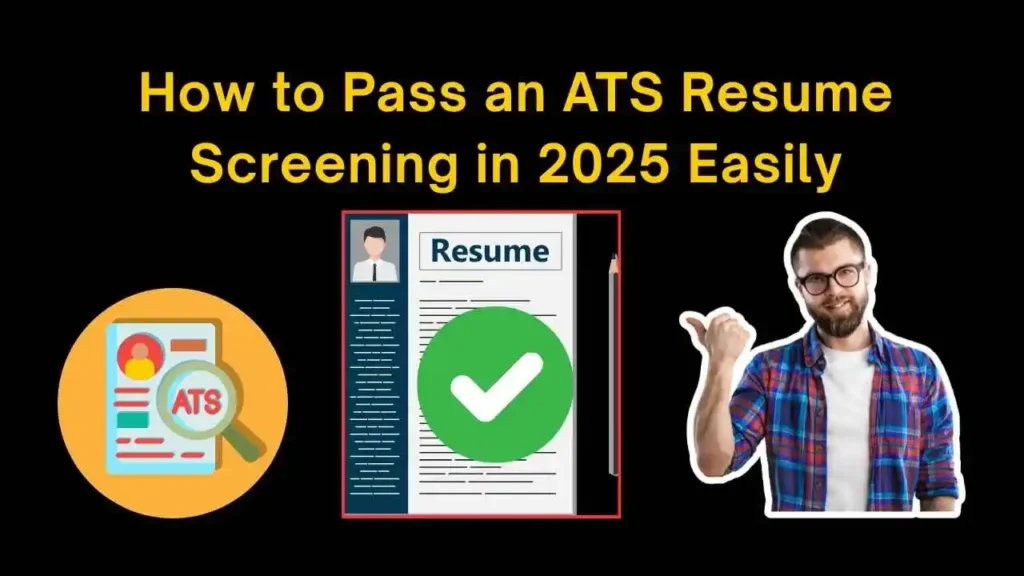
3. Test for Compatibility
Before submitting, check if the template maintains its formatting in different file formats (Word, PDF, and ATS-friendly text files).
4. Prioritize Simplicity
A simple, professional template is better than a flashy one that could cause readability issues.
Who Should Use a Resume Template?
✅ Fresh Graduates: Templates provide structure for those without much experience.
✅ Career Changers: Helps in reformatting a resume to highlight transferable skills.
✅ Professionals Applying in ATS-Heavy Industries: Ensures resumes pass automated screenings.
✅ Those Seeking Quick Resume Updates: Saves time for minor adjustments.
Who Should Avoid Resume Templates?
❌ Senior Professionals with Extensive Experience: A customized format may better highlight career achievements.
❌ Creative Industry Professionals: Graphic designers, marketers, or writers may benefit from a unique resume design.
❌ Job Seekers Targeting Specific Recruiters: If applying through a network connection or recruiter, a tailored resume may be more effective.
Alternatives to Using a Resume Template
1. Creating a Resume from Scratch
If you have strong Word or design skills, building a resume from the ground up allows full customization.
2. Hiring a Professional Resume Writer
A resume writing expert can tailor your resume to industry-specific expectations.
3. Using Online Resume Builders
Some platforms, like Zety, Canva, or Resume.io, offer semi-customizable templates with ATS-friendly formatting.
Key Takeaways
✅ Resume templates save time but may limit customization.
✅ ATS-friendly templates increase the chances of passing resume screenings.
✅ Overused designs and formatting issues can make resumes look generic.
✅ Customizing a resume to match the job description is crucial for standing out.
✅ Building a resume from scratch or using a resume writing service may be better for certain job seekers.
People Also Ask (FAQs) – Should You Use Resume Templates?
What is a resume template, and should I use one?
A resume template is a pre-designed layout that helps job seekers structure their resumes professionally. Using a template can save time and improve readability, but it’s crucial to customize it with relevant keywords to stand out in ATS resume screening and impress recruiters.
Are resume templates good for ATS resume screening?
Yes, but only if they are ATS-friendly. Choose a simple, text-based resume template without complex graphics, columns, or images to ensure ATS resume screening systems can read it properly.
Do employers care if you use a resume template?
Most employers don’t mind as long as the resume is well-structured and tailored to the job. A customized ATS-friendly resume template that highlights your skills effectively is what matters most.
What are the disadvantages of using a resume template?
Some resume templates are overly designed, making them difficult for ATS resume screening software to read. Others may not allow for enough personalization, which can make your application look generic.
How do I choose the best resume template for my job application?
Look for a clean, ATS-friendly format with clear headings, bullet points, and proper spacing. Avoid excessive design elements, columns, or non-standard fonts to improve readability.
Are free resume templates good enough, or should I use a premium one?
Free resume templates work well if they are ATS-compatible and professionally designed. However, premium resume templates often offer better customization, ensuring your resume passes ATS resume screening efficiently.
Can I use a Canva or Word template for my resume?
Yes, but be cautious. Some Canva templates use non-standard fonts, tables, or graphics, which may cause issues in ATS resume screening. Microsoft Word templates with a simple layout are generally safer.
Should fresh graduates use resume templates?
Yes, fresh graduates can benefit from ATS-optimized resume templates that provide a structured layout. However, they should focus on highlighting internships, projects, and transferable skills relevant to the job.
What is the best file format to submit a resume template?
A PDF is the preferred format as it maintains formatting and readability. However, some ATS resume screening systems may require a Word document (.docx), so always check the job application requirements.
How can I make my resume stand out while using a template?
Personalize your resume by tailoring the content to the job description, using strong action verbs, and incorporating relevant keywords to ensure your resume passes ATS resume screening successfully.
Can using a resume template help me find a job faster?
Yes, a well-structured resume template makes it easier for recruiters to scan your qualifications. However, optimizing it for ATS resume screening with job-specific keywords is essential for faster job placement.
Are all resume templates ATS-friendly?
No, many templates with tables, graphics, or unconventional formatting can fail ATS resume screening. Choosing a text-based, structured template improves your chances.
What are the best job search strategies for fresh graduates using resume templates?
Fresh graduates should choose a clean, professional resume template, emphasize their skills, internships, and academic projects, and customize each application with relevant keywords to increase their success rate.
Can a resume template reduce my chances of getting hired?
If your resume template is too generic, overused, or not ATS-friendly, it may lower your chances of passing ATS resume screening and reaching a hiring manager. Customizing it to each job posting is key.
Should I use a creative resume template?
Only if you are in a creative field like design, marketing, or multimedia. For most industries, a traditional, ATS-friendly resume template is the safest choice.
Do recruiters prefer resumes created from templates?
Recruiters value clarity, organization, and relevance. If a template helps present your experience concisely and professionally, it’s beneficial. However, an overused or poorly formatted template can be a disadvantage.
How do I test if my resume template is ATS-friendly?
Convert your resume to plain text (Notepad). If the formatting breaks or sections become unreadable, your resume template may not pass ATS resume screening. Stick to simple, structured formats.
What should I avoid when using a resume template?
Avoid complex designs, excessive colors, non-standard fonts, images, tables, and columns, as they can interfere with ATS resume screening and make it difficult for recruiters to read.
How often should I update my resume template?
Update your resume every 3-6 months or whenever you gain new skills, certifications, or work experience. Keeping it up to date ensures you’re always prepared for job opportunities.
Which resume format is best for ATS resume screening?
The chronological resume format is the most ATS-friendly, as it presents your experience in a clear, structured way. The functional resume format may confuse ATS resume screening systems and should be used with caution.
Final Thoughts
So, should you use a resume template? The answer depends on your industry, experience level, and job search strategy. If you choose to use one, ensure it is ATS-friendly, easy to read, and customized for each job. While resume templates can save time, personalizing your application will always set you apart in a crowded job market.
Want more job search tips? Explore our latest guides on resume writing, job interviews, and career growth strategies







